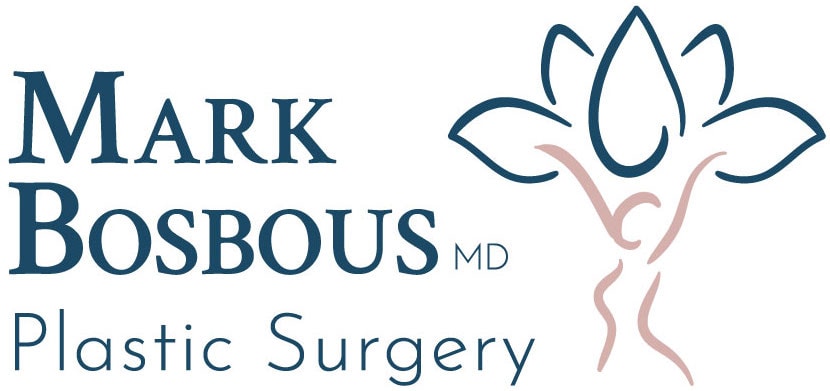When most people think of a “nose job,” they’re usually talking about rhinoplasty. But sometimes, what they actually mean is septoplasty — and the two procedures, while closely related, are not the same.
While both can change the structure of your nose, and sometimes they’re performed together, one is typically considered cosmetic, while the other is more medical.
In this article, we’ll explain the difference between rhinoplasty and septoplasty, share key details about each procedure, and help you understand how to determine which one may be the right choice for you.
So, what is rhinoplasty?
Rhinoplasty is what most people picture when they think about reshaping their nose.
It’s the surgery that alters the nose’s appearance, whether that means changing the bridge, adjusting the tip, or refining the nostrils. Depending on the patient’s needs, it can involve reshaping bone, cartilage, skin, or sometimes all three.
The goal is usually aesthetic, and it involves creating a better balance with the rest of the face.
That said, rhinoplasty isn’t always purely cosmetic. For some, it can help with breathing, especially if their nasal passages are narrow or asymmetrical.
There are a few different ways surgeons can approach the procedure. Some perform it entirely through the inside of the nostrils, which means there’s no visible scarring at all. Other surgeons might make a small incision at the base of the nose or use a method called dorsal preservation, which reshapes the nose while keeping more of its natural structure intact.
What about septoplasty?
Septoplasty, on the other hand, is all about function. This procedure focuses on the septum — the strip of cartilage and bone that separates the two sides of your nose.
If your septum is off-center or crooked, a condition called a deviated septum, it can make breathing difficult and lead to frequent sinus infections or snoring.
During a septoplasty procedure, a surgeon straightens out the internal structure of the nose so that air can move through more freely.
It doesn’t usually change the look of the nose, but in some cases, the deviation is so extreme that the outside of the nose appears crooked, too. When that’s the case, correcting the septum may also improve the nose’s appearance, even if that wasn’t the primary goal.
How do you know which one is right for you?
The answer to this question depends on the issue you’re trying to address.
If you’re bothered by the way your nose looks — whether it’s too wide, has a noticeable bump, or just doesn’t seem to fit the rest of your face the way you want it to— rhinoplasty is probably the right path.
But if your main concern is that you can’t breathe properly, you’re constantly congested on one side, or your nose whistles when you inhale, then a deviated septum might be the culprit — and a septoplasty could help.
That said, some people benefit from both. It’s not uncommon to need internal corrections for breathing and also want to refine the nose’s appearance.
In that case, combining both procedures into one surgery makes sense. Not only does it avoid doubling the recovery time, but it can also reduce costs and simplify the healing process.
Final thoughts
Even though people often use the terms interchangeably, rhinoplasty and septoplasty aren’t the same thing.
Rhinoplasty focuses on the outer shape of the nose, while septoplasty deals with the structure inside. One is often cosmetic, the other usually functional — but both can dramatically improve a patient’s quality of life in different ways.
At our Milwaukee clinic, Dr. Mark Bosbous offers expert guidance on both procedures and has years of experience performing them individually or together. Whether you’re looking to breathe easier, feel more confident, or both, he will work closely with you to develop a plan that fits both your goals and your anatomy.
If you’re not sure which procedure you need — or whether you might benefit from both — schedule a consultation and find out what’s possible.
